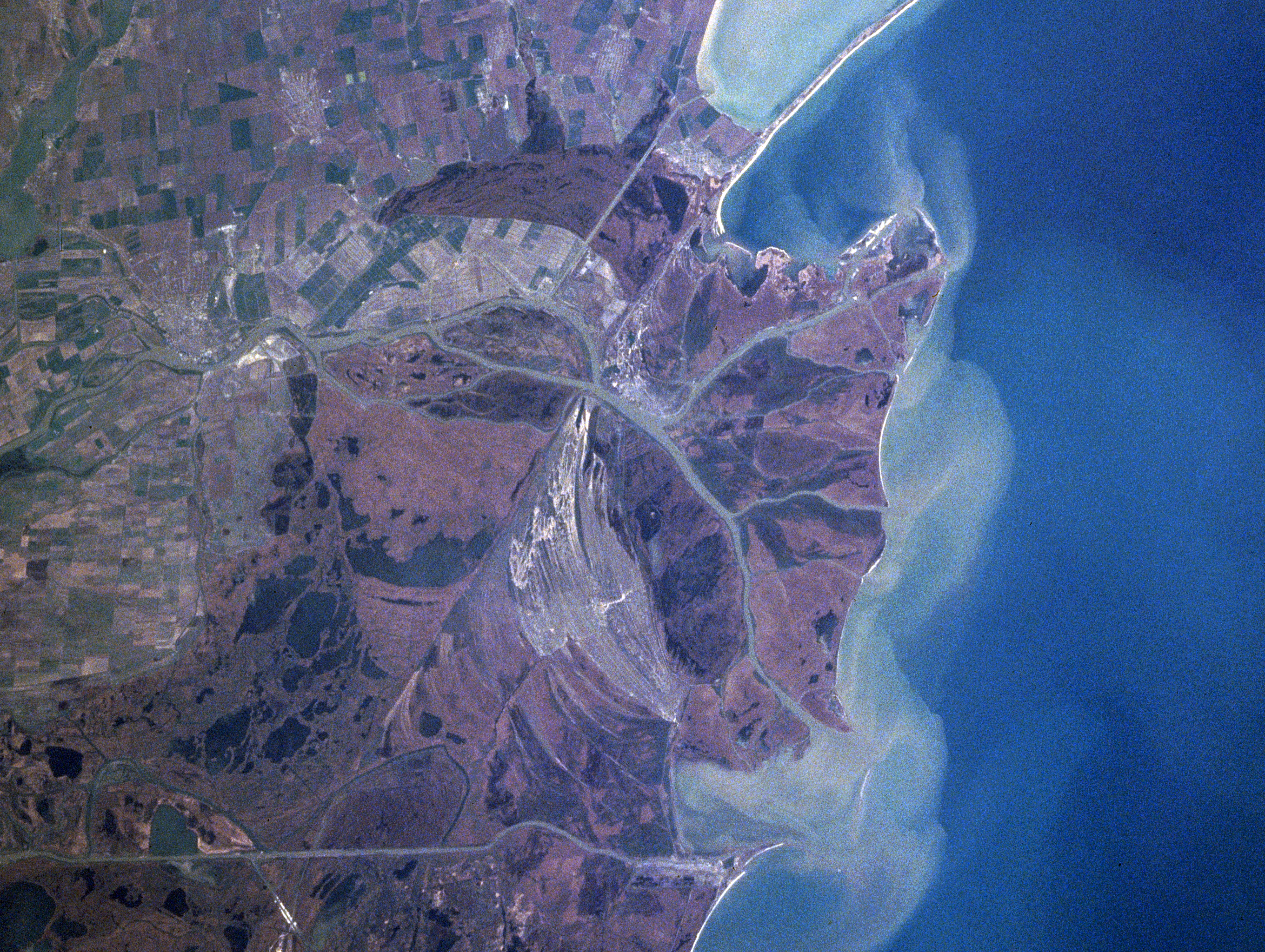| Revision as of 18:48, 9 September 2003 editBogdangiusca (talk | contribs)39,816 edits +map← Previous edit | Revision as of 16:03, 14 October 2003 edit undoZoicon5 (talk | contribs)Extended confirmed users24,892 editsmNo edit summaryNext edit → | ||
| Line 9: | Line 9: | ||
| </table> | </table> | ||
| The '''] ]''' (3446 sq km), located in ], ] is the largest and best preserved of ] deltas. It hosts over 300 species of birds as well as 45 freshwater fish species in its numerous lakes and marshes. The Danube Delta has been entered onto the ] list of ] and a reservation of the biosphere. | The '''] ]''' (3446 sq km), located in ], ] is the largest and best preserved of ] deltas. It hosts over 300 species of birds as well as 45 freshwater fish species in its numerous lakes and marshes. The Danube Delta has been entered onto the ] list of ] and a reservation of the biosphere. | ||
| This is the place where millions of birds from different places of Earth (European, Asian, African, Mediteraneean) come to lay their eggs. | This is the place where millions of birds from different places of Earth (European, Asian, African, Mediteraneean) come to lay their eggs. | ||
Revision as of 16:03, 14 October 2003
|
Northern half of the Danube Delta |
The Danube Delta (3446 sq km), located in Dobrogea, Romania is the largest and best preserved of European deltas. It hosts over 300 species of birds as well as 45 freshwater fish species in its numerous lakes and marshes. The Danube Delta has been entered onto the UNESCO list of World Heritage Sites and a reservation of the biosphere.
This is the place where millions of birds from different places of Earth (European, Asian, African, Mediteraneean) come to lay their eggs.
